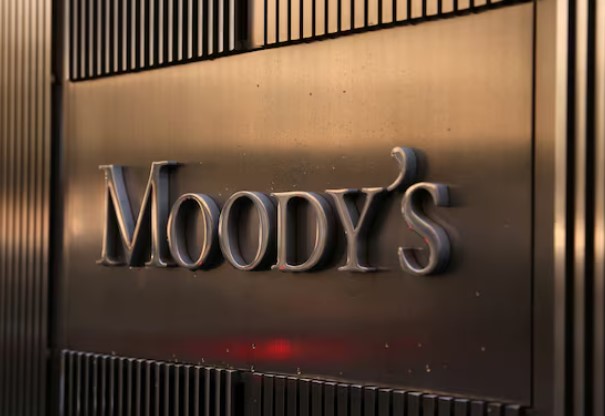Moody’s has decided to keep Morocco’s sovereign credit rating unchanged at Ba1, maintaining a stable outlook. The decision, announced on Friday, March 21, follows a routine review conducted earlier in the month and reflects a balancing act: while the country’s macroeconomic policies show resilience, several deep-rooted challenges continue to weigh heavily on the overall picture—particularly public debt, climate vulnerability, and structural inefficiencies in the economy.
According to Moody’s, the Ba1 rating captures the strength of Morocco’s fiscal, social, and economic strategies, which have helped preserve social stability and support economic activity, even amid external shocks—especially those driven by the climate. However, these efforts have come with a trade-off: higher debt levels. For now, that debt burden remains manageable, but it’s a trend the agency is watching closely.
The fiscal deficit for 2024 is projected at 4.3% of GDP, slightly better than the previous forecast of 4.5%. This improvement is largely due to stronger tax revenues. Morocco also benefited from a steady stream of foreign income, including tourism, exports, and remittances from citizens living abroad, which helped contain the current account deficit at a moderate 2.5% of GDP—down from 0.6% in 2023.
Still, economic growth slowed in 2024. Real GDP is expected to grow by just 2.6%, compared to 3.4% the previous year. The decline was driven largely by poor rainfall, which took a toll on the agricultural sector. Moody’s anticipates a modest rebound over the medium term, with average growth settling around 3.5%.
But the growth model remains fragile. Morocco’s economy is still highly sensitive to climate shifts, and per capita income lags behind that of comparable countries.
Institutionally, Morocco scored a baa2, indicating solid governance structures and sound fiscal discipline in the face of economic shocks. Bank Al-Maghrib, the country’s central bank, enjoys a strong reputation for maintaining price stability, and confidence in its monetary policy remains high.
On the public finance front, that same baa2 rating factors in the country’s rising debt load—seen as manageable for now. Foreign currency debt stands at 17.6% of GDP, a level that Moody’s is monitoring carefully due to potential vulnerabilities in external balances and foreign exchange risks.
Moody’s also highlighted risks stemming from state-owned enterprises and, to a lesser degree, the banking sector. Although Morocco’s banks have made progress, the sector still faces challenges, including limited capital buffers, risk concentration, and complex international exposures.
One major concern flagged by the agency is the country’s limited economic liberalization and the dominance of state-controlled oligopolies. These structural constraints are holding back broader, more inclusive growth. That said, Moody’s did acknowledge recent government efforts aimed at addressing these barriers.
If Morocco can follow through on reforms to dismantle those structural hurdles, the payoff could be significant: faster income growth, stronger formal job creation, and a narrowing of socio-economic gaps. Progress in these areas would also boost the country’s credit profile over time.
In particular, diversifying the economy beyond agriculture is seen as essential. Strengthening non-agricultural sectors could bolster fiscal revenues, reduce exposure to climate shocks, and gradually bring down public debt.
By keeping Morocco’s rating steady, Moody’s is sending a message of cautious optimism. The country’s upside potential—driven by reform momentum, diversification, and institutional strength—is roughly balanced by downside risks related to debt, environmental fragility, and structural dependence on a narrow economic base.
In other words, Morocco is moving in the right direction—but it still has work to do. The path forward is clear, but the country will need to pick up the pace on reforms if it hopes to climb the ratings ladder.




